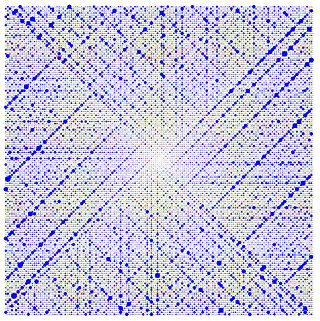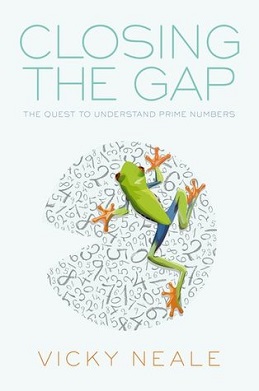Topics
The twelve chapters of From Zero to Infinity are numbered by the ten decimal digits, (Euler's number, approximately 2.71828), and , the smallest infinite cardinal number. Each chapter's topic is in some way related to its chapter number, with a generally increasing level of sophistication as the book progresses: [4] [5] [10]
- Chapter 0 discusses the history of number systems, the development of positional notation and its need for a placeholder symbol for zero, and the much later understanding of zero as being a number itself. It discusses the special properties held by zero among all other numbers, and the concept of indeterminate forms arising from division by zero. [4] [5] [10]
- Chapter 1 concerns the use of numbers to count things, arithmetic, and the concepts of prime numbers and integer factorization. [4] [5]
- The topics of Chapter 2 include binary representation, its ancient use in peasant multiplication and in modern computer arithmetic, and its formalization as a number system by Gottfried Leibniz. More generally, it discusses the idea of number systems with different bases, and specific bases including hexadecimal. [4] [5]
- Chapter 3 returns to prime numbers, including the sieve of Eratosthenes for generating them as well as more modern primality tests. [4]
- Chapter 4 concerns square numbers, the observation by Galileo that squares are equinumerous with the counting numbers, the Pythagorean theorem, Fermat's Last Theorem, and Diophantine equations more generally. [4] [5]
- Chapter 5 discusses figurate numbers, integer partitions, and the generating functions and pentagonal number theorem that connect these two concepts. [4] [5]
- In chapter 6, Reid brings in the material from her earlier article on perfect numbers (of which 6 is the smallest nontrivial example), their connection to Mersenne primes, the search for large prime numbers, and Reid's relatives' discovery of new Mersenne primes. [4] [5]
- Mersenne primes are the primes one unit less than a power of two. Chapter 7 instead concerns the primes that are one more than a power of two, the Fermat primes, and their close connection to constructible polygons. The heptagon, with seven sides, is the smallest polygon that is not constructible, because it is not a product of Fermat primes. [4]
- Chapter 8 concerns the cubes and Waring's problem on representing integers as sums of cubes or other powers. [4] [5]
- The topic of Chapter 9 is modular arithmetic, divisibility, and their connections to positional notation, including the use of casting out nines to determine divisibility by nine. [4] [5] [10]
- In Chapter , From Zero to Infinity shifts from the integers to irrational numbers, complex numbers, logarithms, and Euler's formula . It connects these topics back to the integers through the theory of continued fractions and the prime number theorem. [4]
- The final chapter, Chapter , provides a basic introduction to Aleph numbers and the theory of infinite sets, including Cantor's diagonal argument for the existence of uncountable infinite sets. [4] [5]
The first edition included only chapters 0 through 9. [1] The chapter on infinite sets was added in the second edition, replacing a section on the interesting number paradox. [12] Later editions of the book were "thoroughly updated" by Reid; [4] in particular, the fifth edition includes updates on the search for Mersenne primes and the proof of Fermat's Last Theorem, and restores an index that had been dropped from earlier editions. [9]










